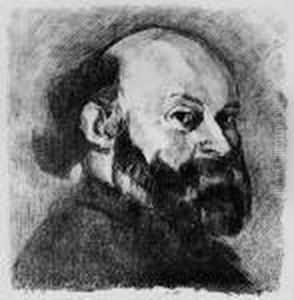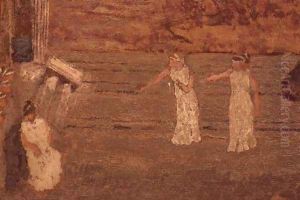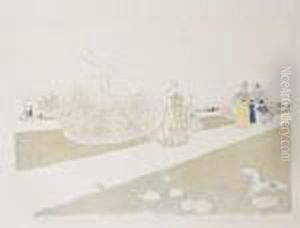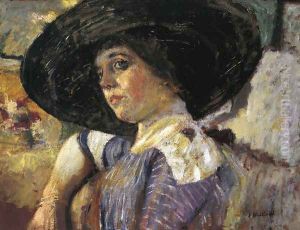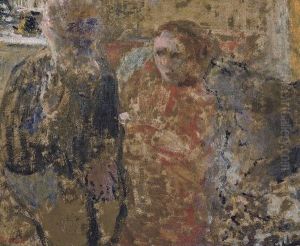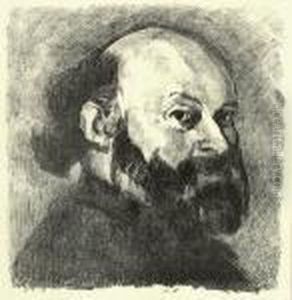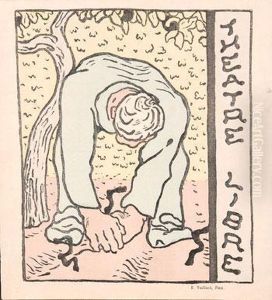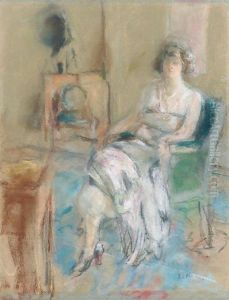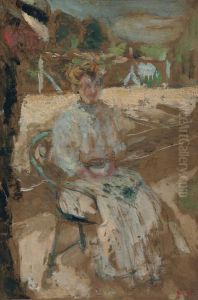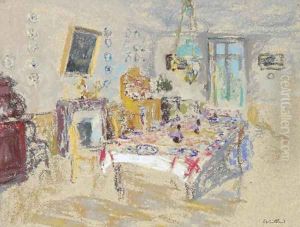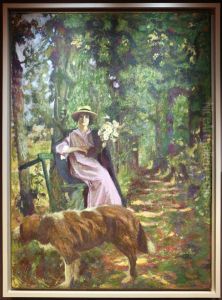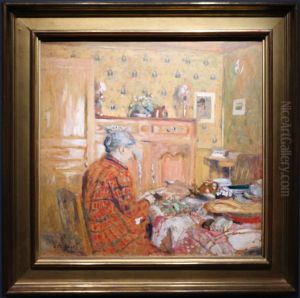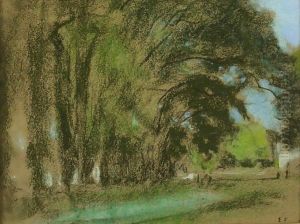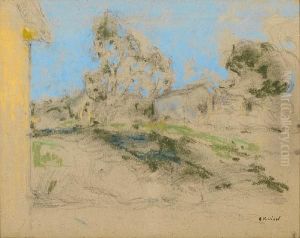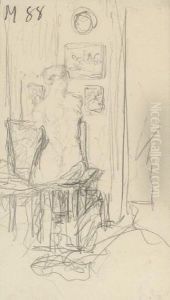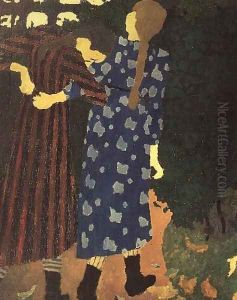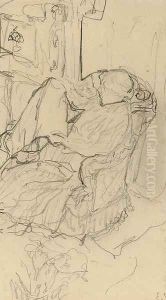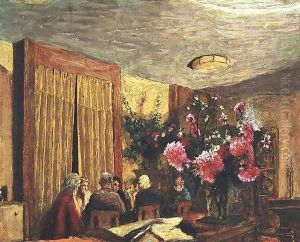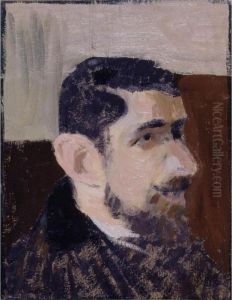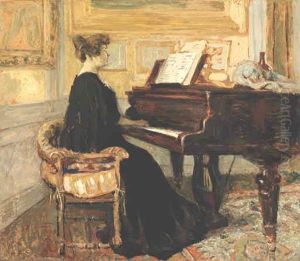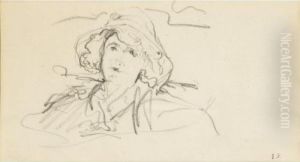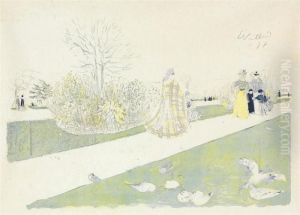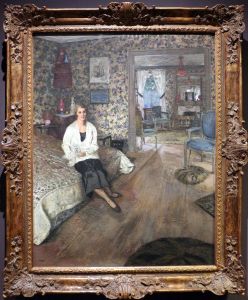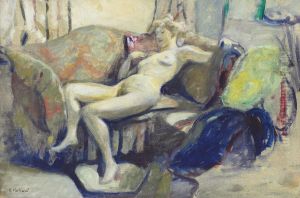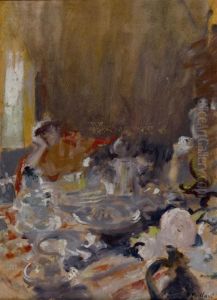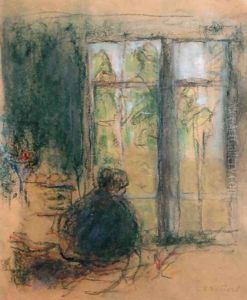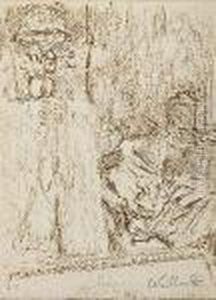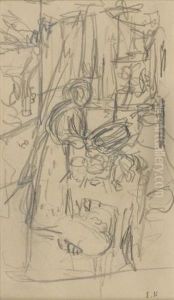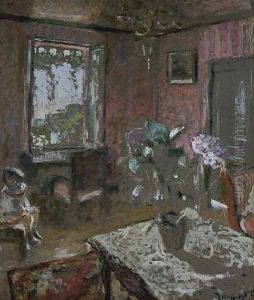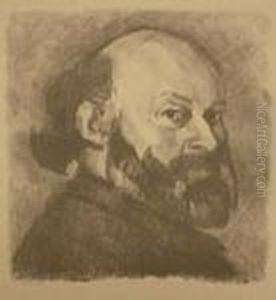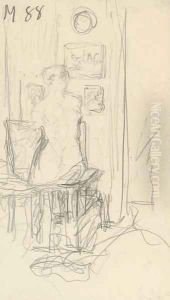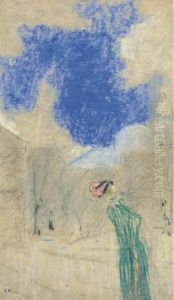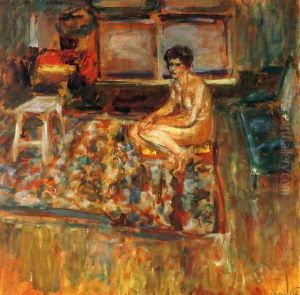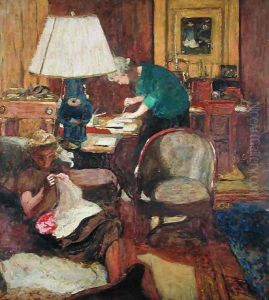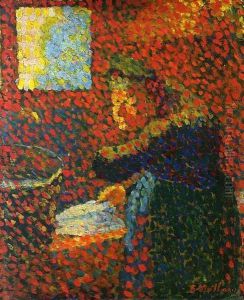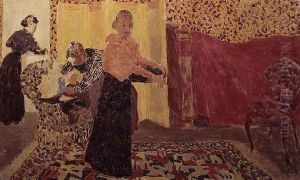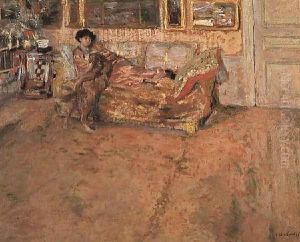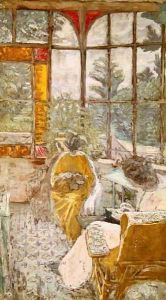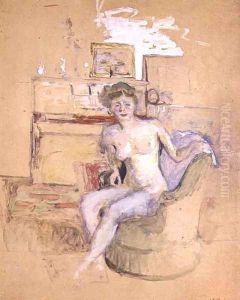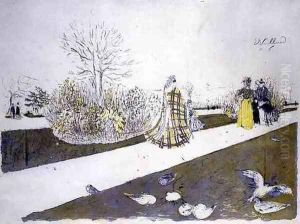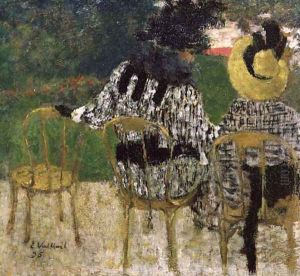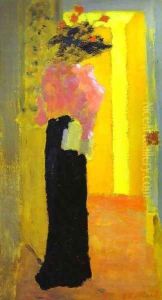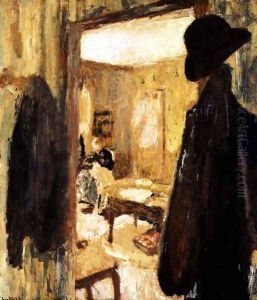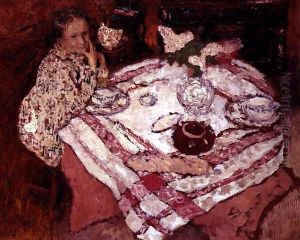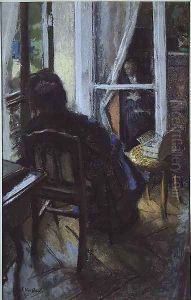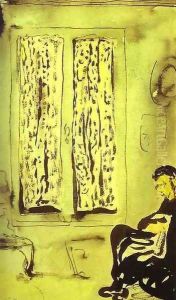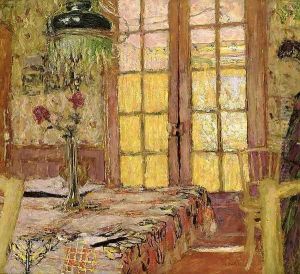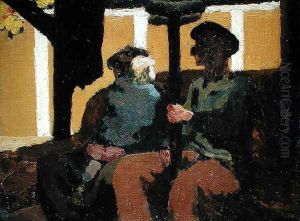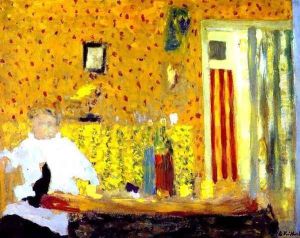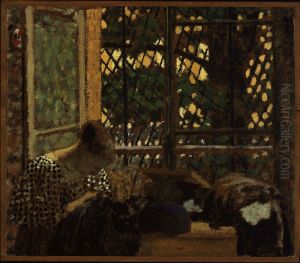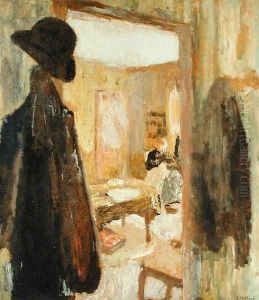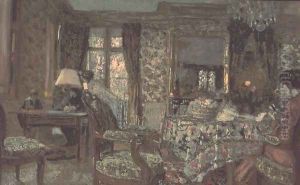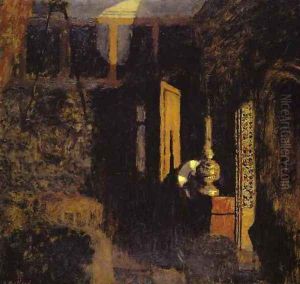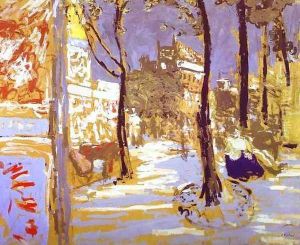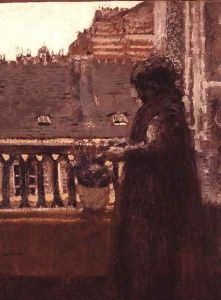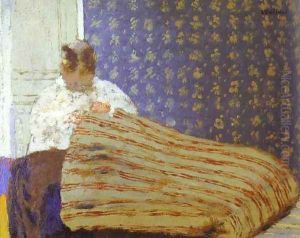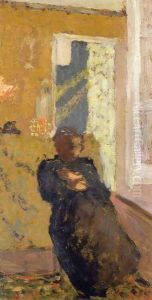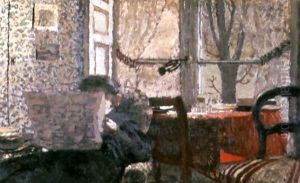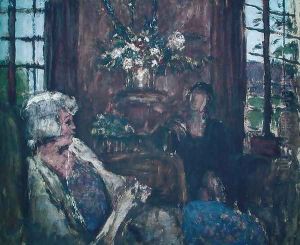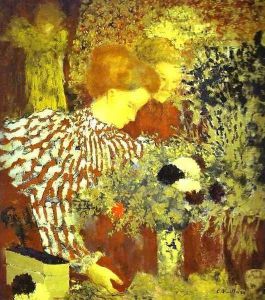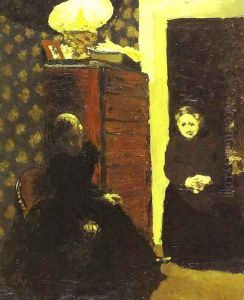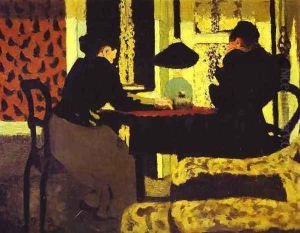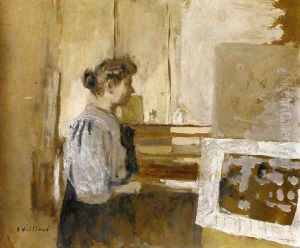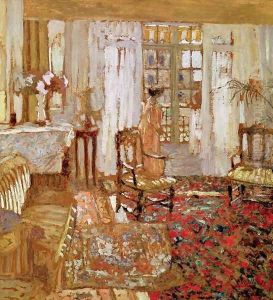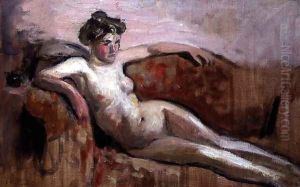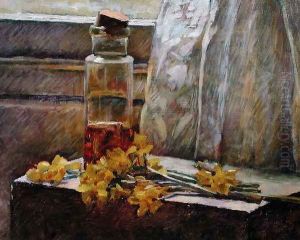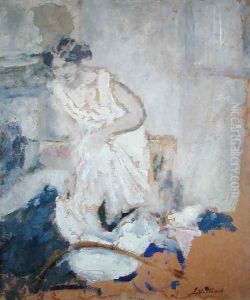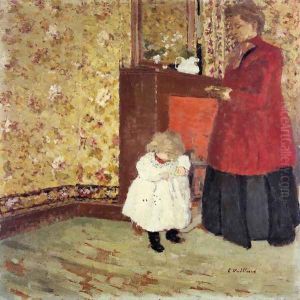Jean-Edouard Vuillard Paintings
Jean-Édouard Vuillard was a French painter and printmaker associated with the Nabis, a group of Post-Impressionist avant-garde artists who set the pace for fine arts and graphic arts in France in the 1890s. Born on November 11, 1868, in Cuiseaux, Saône-et-Loire, Vuillard was the son of a retired army officer and a seamstress. In 1888, Vuillard left for Paris to study at the École des Beaux-Arts and soon joined the Académie Julian, where he became a student of Jean-Léon Gérôme and met fellow artists like Maurice Denis, Pierre Bonnard, and Paul Sérusier.
Vuillard's work is characterized by a quiet intimacy, often featuring domestic scenes and interiors with rich patterns and muted colors that reflect the influence of Japanese prints and the work of Paul Gauguin. He was also influenced by the Symbolist movement, infusing his paintings with a sense of poetic mystery. He became a member of the Nabis in 1889, and his work from this period often focused on the themes of private life, imbued with a decorative quality that blurred the lines between fine art and design.
Throughout his career, Vuillard remained largely focused on the interior as a subject, capturing the lives of his family members, friends, and clients in his art. He was also known for his large-scale decorative works, which included wall paintings, screens, and theater set designs. These commissions often came from the patronage of wealthy art collectors of the time.
In the early 20th century, Vuillard's style evolved to include more public scenes, though he never abandoned the intimate atmosphere that was the hallmark of his work. He began to receive more official recognition, including commissions for public buildings and exhibitions at prominent galleries.
Vuillard continued to paint until his death on June 21, 1940, in La Baule, France. His legacy is that of a pivotal figure in the transition from Impressionism to the more abstract and conceptual art that would dominate the 20th century. Today, Vuillard's works are held in many major museums around the world, and he is celebrated for his unique ability to capture the subtlety and complexity of everyday life.
